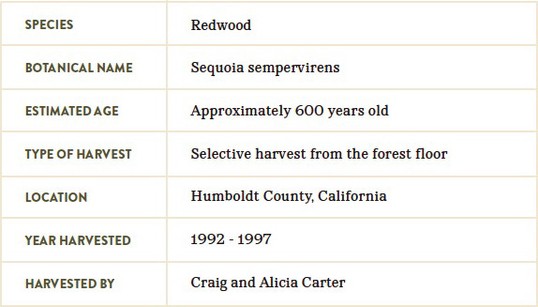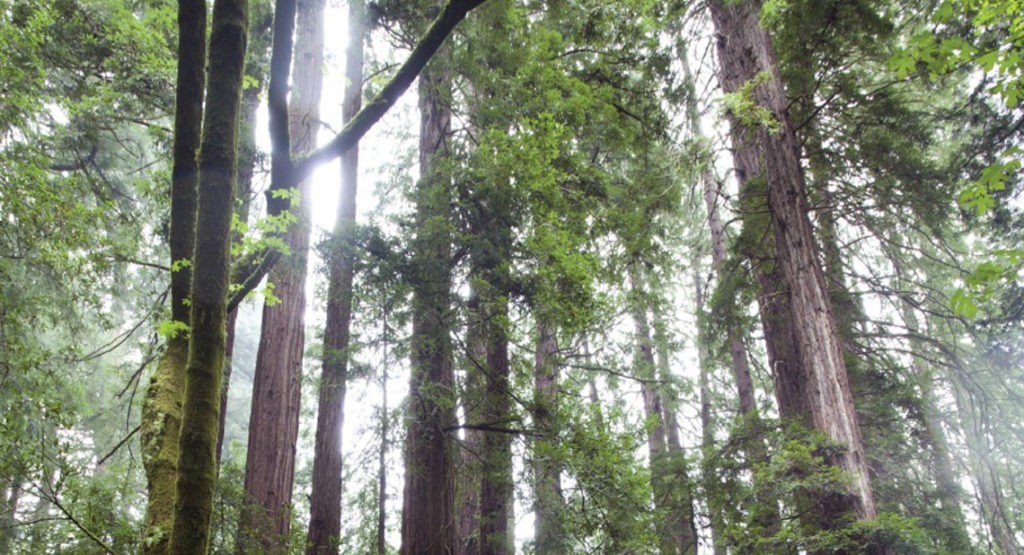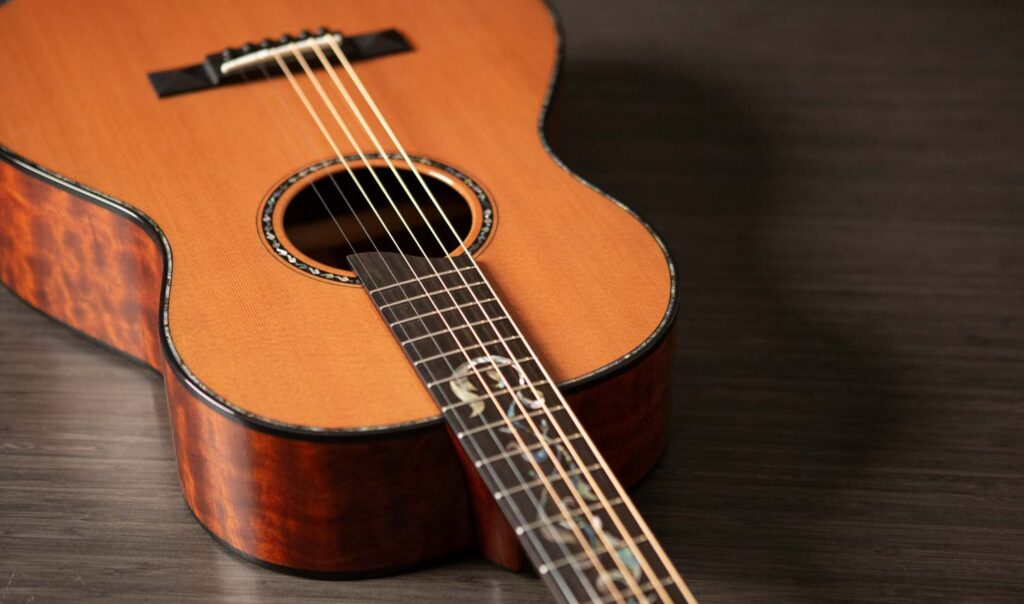The “Lucky Strike” Redwood


It is nearly impossible to describe the powerful, spiritual experience of walking among the ancient giants of an old-growth redwood forest. As the forest envelops you, the sheer size of the redwood trees is overwhelming. The human frame is dwarfed by the mammoth trunks of these living organisms reaching for the sky, hundreds of feet overhead. With so many gigantic, majestic trees clustered so closely, it feels like walking among living skyscrapers in an ancient city, or entering an organic medieval cathedral. As you look skyward to admire the unfathomable heights, your eyes are drawn to rays of muted sunlight, filtering through the omnipresent misty fog that hovers above. The thick layer of duff over the deep, moist soil cushions each step you take. You breathe in the scent of the damp earth – green and fresh, the smell of life itself. And then it strikes you: the sound… the lush silence, devoid of any modern sounds; your senses readjust and you begin to hear the redwood forest itself – the palpable hum and pulse of the vibrant forest life force. You feel the presence of trees that hold the secrets of the forest and of the indigenous people who walked in these woods for millennia. It is humbling and inspiring all at once, prompting awe, reverence, and reflection.
Native to California, the ancient Sequoia sempervirens species, commonly known as redwood or coastal redwood, produces the tallest trees in the world – and some of the finest soundboards for acoustic instruments. The oldest known redwood living is about 2,200 years old, though foresters believe many are far older. Research indicates that trees from the sempervirens family have been thriving on this planet for more than 240 million years.
Redwood is a dark, beautiful top wood favored by players who appreciate clear upper harmonic content. Redwood delivers bold, punchy, crisp tones, with rich, strong overtones, and sounds like a cross between spruce and cedar.
The “Lucky Strike” Redwood:
In recent history, only a few salvaged storm-downed redwoods have yielded such extraordinary and coveted tonewood that they warranted a name of their own. One such tree was named Lucky Strike in the 1990s by Alicia Carter, half of the husband-wife team who discovered this noble tree, fallen in Humboldt County, California. The name Lucky Strike is a reference to the legendary storm that may have uprooted the tree, but also to the fortune of finding a tree with unparalleled, uniform grain and density that provided some of the best soundboards imaginable.
Experts have studied the growth rings to determine the age of Lucky Strike, and while the age is difficult to pin down from the portion of the tree salvaged, examination suggests a minimum of 600 years of age, though it may be as old as 800 years old.
CONSERVATION OF OLD-GROWTH REDWOOD FORESTS
Over 95% of the original old-growth redwood forests have vanished due to logging. According to the Sempervirens Fund, while permanent federal safeguards were enacted to ban logging of the giant Sequoia redwoods (Sequoiadendron giganteum) in certain areas in 2000, there are no comparable federal or state safeguards for coast redwoods.
To learn more about the current status of the redwood forests, visit:
Take Action:


